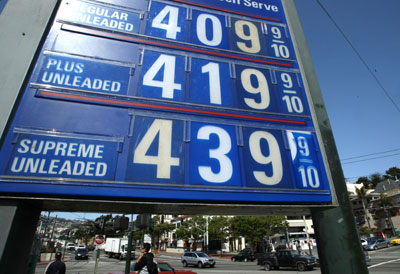Search the Community
Showing results for tags 'rebates'.
-
G. David Felt Alternative Fuels & Propulsion writer www.CheersandGears.com Connect & Cruise CRATE POWERTRAIN SYSTEMS GM has launched their complete solution packages for older auto's. Including both RWD and 4WD solutions, GM wanted to get these launched with a mail-in rebate for an end...
- 17 replies
-
- Connect & Cruise
- crate engines
-
(and 5 more)
Tagged with:
-
G. David Felt - Editorial Staff Writer Alternative Energy - CheersandGears.com What will it take? Oil started the year at over $100 a barrel and now hovers around $94 a barrel. Oil may fluctuate but continues to stay close to $100 a barrel. Refined Gas production being sold overseas keeps the ave...
-
- alternative energy
- CNG
-
(and 1 more)
Tagged with:
-
G. David Felt - Editorial Staff Writer Alternative Energy - CheersandGears.com What will it take? Oil started the year at over $100 a barrel and now hovers around $94 a barrel. Oil may fluctuate but continues to stay close to $100 a barrel. Refined Gas production being sold overseas keeps the ave...
-
- alternative energy
- CNG
-
(and 1 more)
Tagged with:



